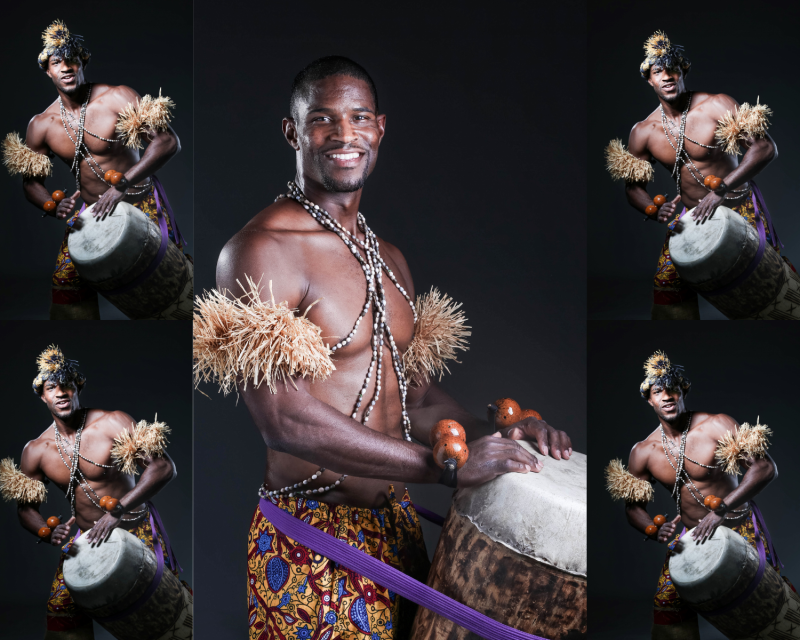The Sunday Music Drop is a weekly radio series hosted by the KQED weekend news team. In each segment, we feature a song from a local musician or band with an upcoming show and hear about what inspires their music.
Oakland’s Kiazi Malonga learned Congolese drumming and dance at an early age and described his music as very melodic, rhythmic, spiritual, rich, and invigorating. Malonga comes from a family of artists, including his late father, Malonga Casquelourd, who was a world-famous master artist. His father immigrated to the United States from the Congo in the early 1970s (Malonga is the namesake of Oakland’s Malonga Casquelourd Center for the Arts) and created the first African dance and drum camp in the nation that ran for over 35 years.
“Coming to this country, there was an opportunity to share the beauty and the richness of Congolese culture through dance, through song, through rhythm, through a number of different percussive instruments,” Malonga said. “And so just being in that legacy, I was a child of that. We didn’t have babysitters. So shows, performances, rehearsals, I was there.”
Regarding the song “Pelisa Kongo,” Malonga says Kongo is spelled with a ‘K’ because it refers to the ancient Congo kingdom. Pelisa Kongo means to brighten up, to energize, and to revitalize the Congo. While the song’s percussion and drumming instruments were recorded at RedTone Studios in East Palo Alto, all the artists singing, including Excellent Mavimba (with the exception of Malonga), were done in the Congo.
“In the first part of the song, [Excellent Mavimba] is acknowledging the fact that we come from a rich history,” Malonga said. “We’ve deviated from that rich, beautiful history to live in a time where, you know, basic needs aren’t being met. In the second section of the song, he goes through and talks about just the different elements that are impacted.”

